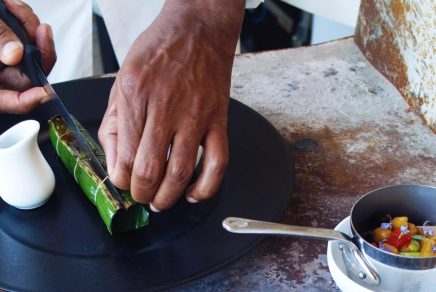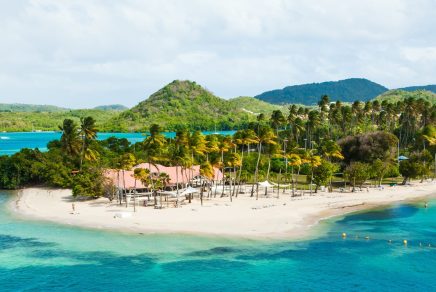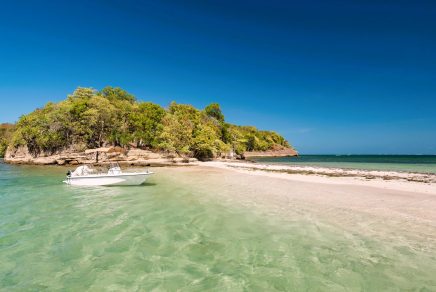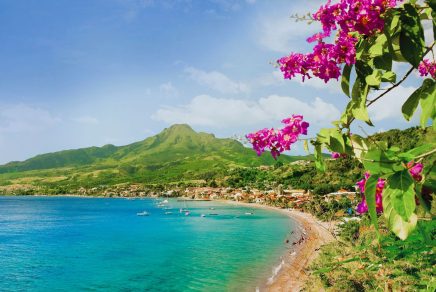Sure, the beach is amazing—but when a destination also offers experiences that bring us closer to the local culture, it’s doubly amazing! And that’s exactly what Martinique, the flower island, has in store.
Habitation Clément
In Martinique, as in Guadeloupe, the term “habitation” refers to a sugarcane plantation, which traditionally included the owner’s house, the slave quarters, and the rum distillery.
Founded in 1883, Habitation Clément follows this model. The old distillery has been transformed into an interpretation center, and visitors can explore both the grand plantation house and the former slave dwellings. A tasting room allows you to discover agricultural rum, a specialty found almost exclusively in the French Antilles. A must-try: the single-variety blue cane rum!
But there’s more: the vast estate also features a sculpture garden and a contemporary art gallery, both part of the Clément Foundation. The whole site is simply breathtaking.
Martinique history at La Savane des Esclaves
At the “village antan lontan,” history is told through the stories of the plantation workers, starting with the first indentured laborers (nicknamed “36-month men”), and later, enslaved people.
Slavery in Martinique and Guadeloupe began in the late 17th century, when France established its sugar industry. The site explains the workings of the infamous triangular trade: ships from England, France, and Portugal carried cheap goods to Africa, which were exchanged for enslaved people (one man could be traded for two kilos of glass beads), who were then transported to the Antilles.
It’s a moving and essential visit, now enhanced by a new section dedicated to the island’s Indigenous people. Don’t leave without trying a glass of bissap (hibiscus flower juice) at the small refreshment stand—absolutely delicious!
Saint-Pierre
They call it the Pompeii of the Caribbean, and for good reason: in 1902, Mount Pelée erupted, destroying the island’s wealthy capital at its base. All the residents perished except… a prisoner, saved by the protection of his underground cell.
He later recounted that no one had dared flee Saint-Pierre despite clear warning signs of the eruption—because the governor had forbidden evacuations due to upcoming elections! A tragic story of misjudgment.
Today, visitors can wander through the town’s ruins, including the remains of the Fort Church and a once-grand theater, while admiring charming streets lined with colorful shuttered houses.
Cap 110°
In April 1830, a slave ship anchored off Anse Caffard, near the village of Le Diamant. That night, it ran aground and sank, taking with it 46 enslaved people who were chained in the hold, as well as several crew members.
To honor the victims, 15 monumental white statues (white being the traditional color of graves in the Antilles) were erected on a cliff facing the ocean. Arranged in a triangle, they symbolize the triangular trade mentioned earlier. The installation, created by Martiniquan artist Laurent Valère, is deeply moving.
Nearby, don’t miss the belvedere offering a stunning panoramic view of Le Diamant, the famous rock where the British once raised the white flag—yes, Martinique was briefly under British rule!
Drums and “trempage“
At Lakou A, in Gros-Morne, Renaud Bonard offers an immersive “traditional day” centered around two things: music and food.
First, the bèlè, an intoxicating mix of drumming, dancing, and singing, where visitors become part of the show!
Then comes the “trempage”, a traditional dish that everyone prepares together. The ritual begins with tearing up pieces of wet bread on a banana leaf-covered table, adding slices of banana and avocado. Meanwhile, a richly flavored fish or meat sauce simmers nearby, ready to be poured over the mixture. And the best part? You eat it with your fingers!








